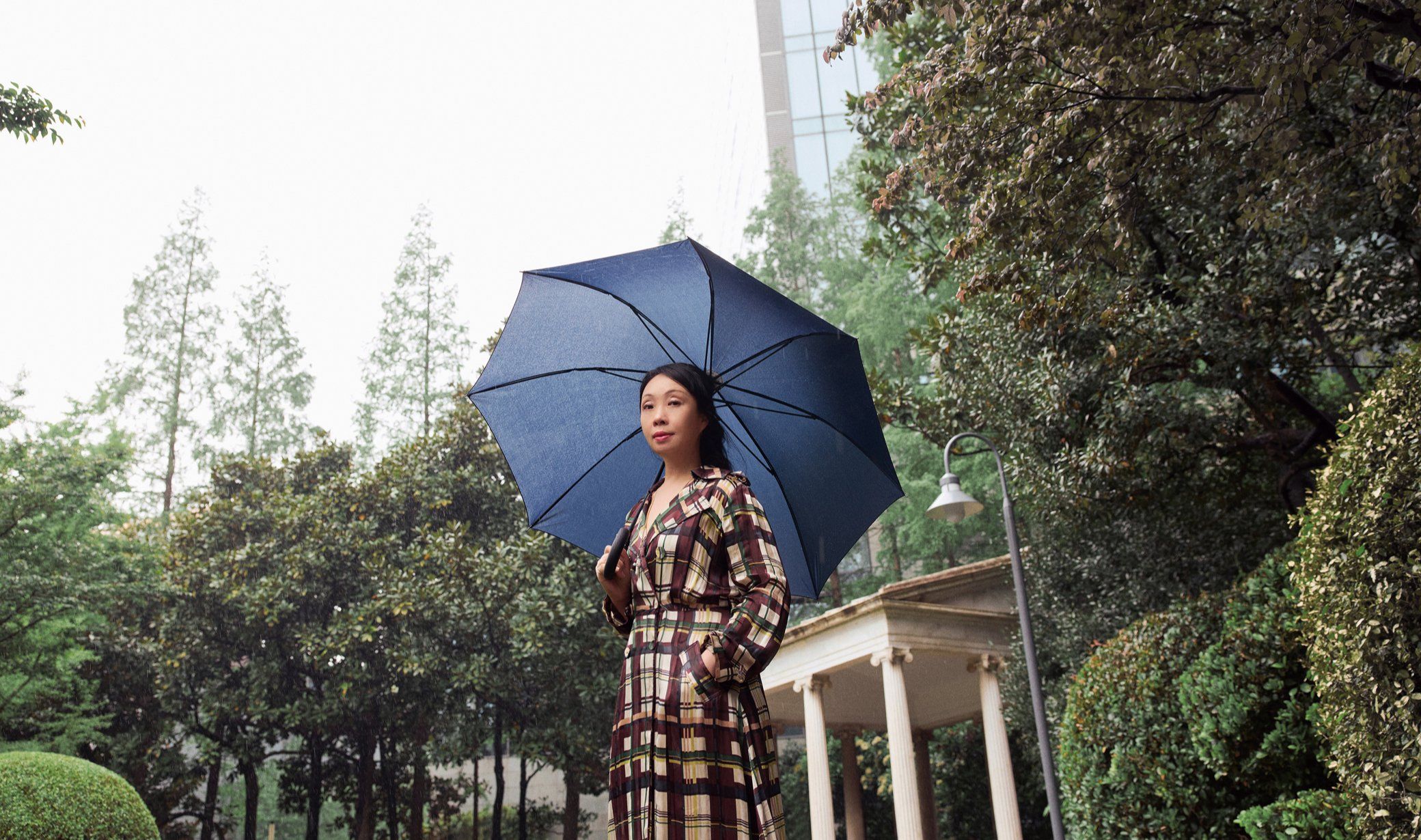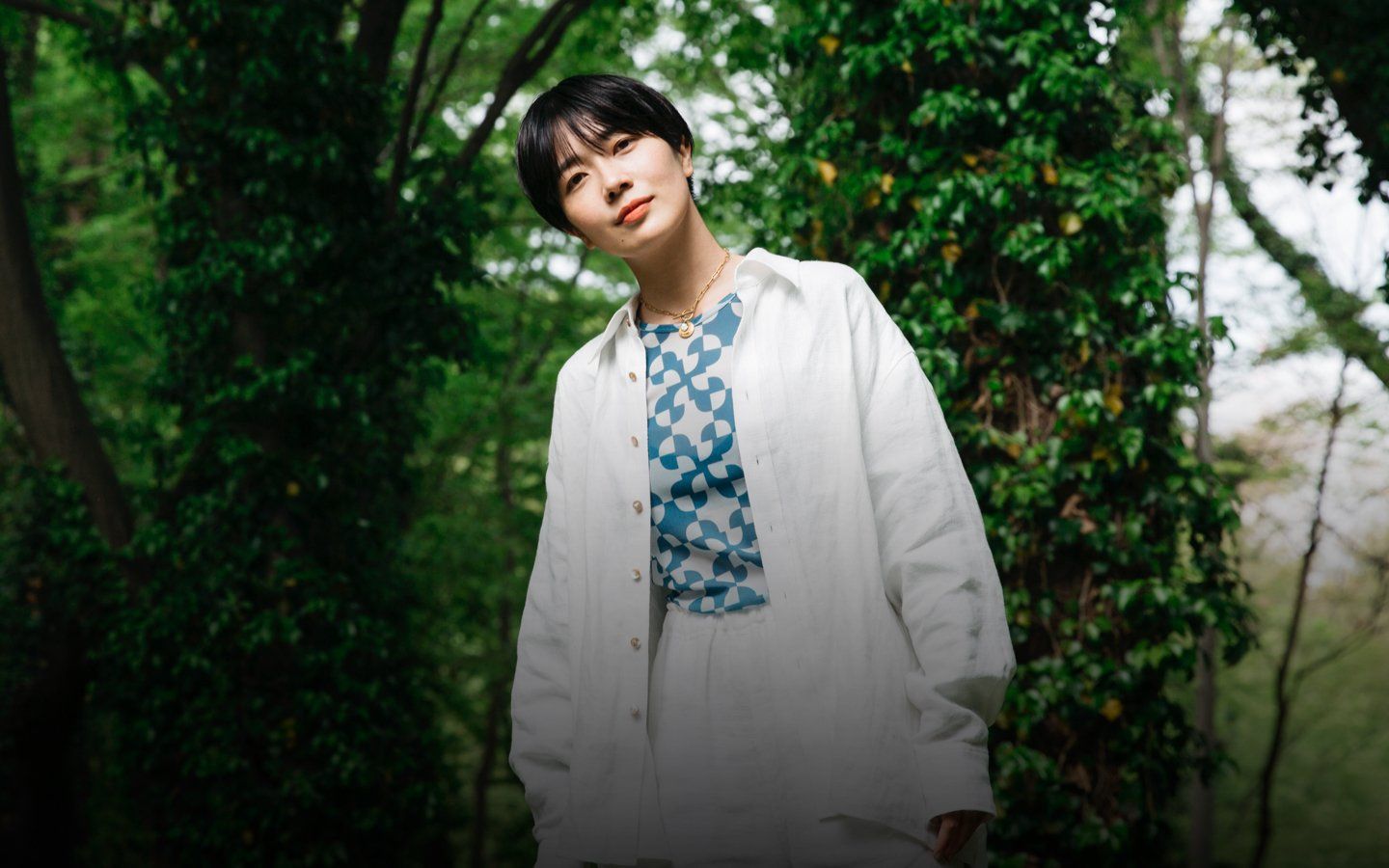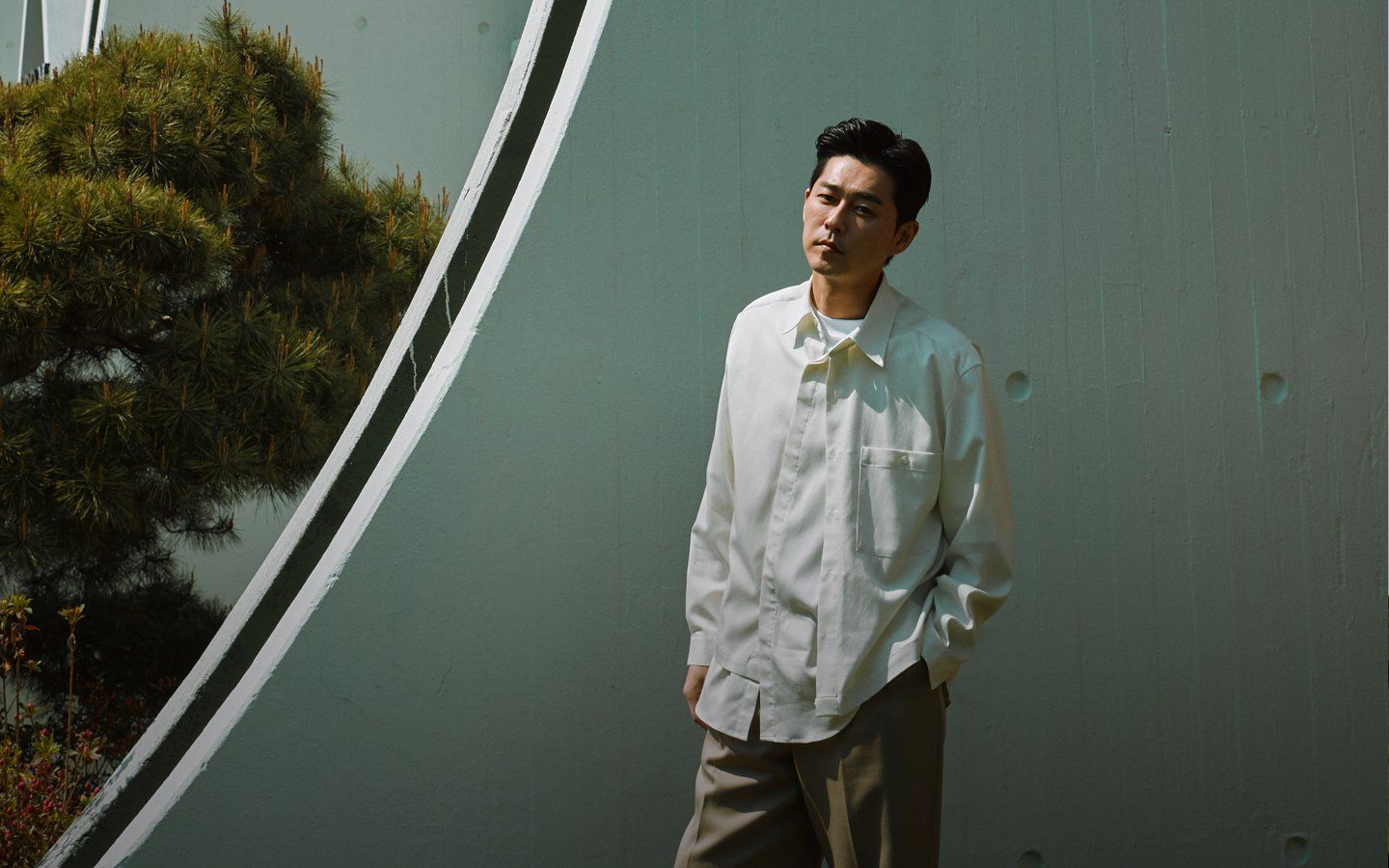Please introduce yourself in a couple sentences
I’m Shaway Yeh, founder of yehyehyeh, a consultancy agency that brings together sustainability, creativity and innovation to instigate value-based change.
Do you think leather is a material of the future?
Leather has been with human beings for centuries. Its usage, application, and treatment have evolved over time. It can definitely be adapted for the future. This possibility depends on how it is procured and processed – can we have leather without animal husbandry? Can we have leather born out of the lab? Can we efficiently recycle leather? Can we improve and intervene so that the quality and construction of leather can be modified according to different needs and occasions? Can it be even non-material?
What does the term ‘green wash’ mean to you and how do we avoid it?
Being sustainable is a jagged journey, a moving target that requires constantly updating goals and adjusting efforts; it is not possible to achieve 100% sustainability, so there is no need for green washing. Honesty and transparency are the keys to commitment, and commitments create actions. All agencies in our biosphere should be held accountable for their actions in determining the future of our planet.
How can the luxury industry be more progressive in its approach to sustainability?
Be bold enough to embrace innovation. To integrate novel materials, processes, concepts and business models into the lexicon of heritage and prestige; to employ its story-telling dexterity to re-define luxury, value and what matters ultimately; to be collaborative with other agents of change across the fields of design, art, culture, science and engineering.
Do you believe it’s possible to make a sustainable bag?
Of course ! Through good – clean and circular - material choice, circular design strategies, ethical working conditions, respectful usage, care and maintenance, and end-of-life schemes. All these carefully considered aspects contribute to making a sustainable bag.
Why do you think so many communities have built up around second hand product?
I believe there is a strong awareness of the over-production and over-consumption of our economic activities and their negative impacts, therefore, giving a product second or multiples lives becomes an act of consciousness. To release the full potential of all its input is also respectful to the labor, creativity, materials and energy required to make the product. Besides, it’s always nice to share and exchange, from objects, memories and emotions to experiences. Sole ownership will become an obsolete one day.



